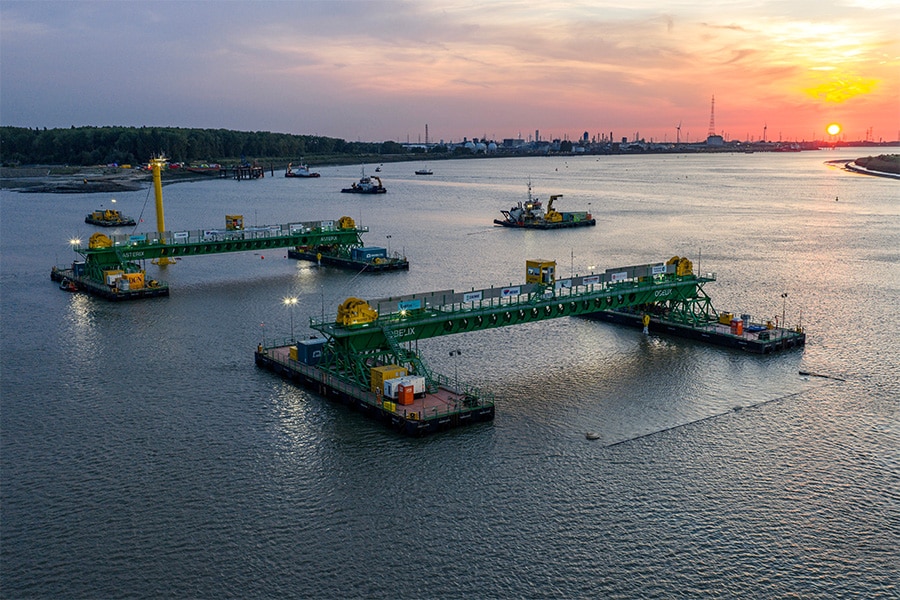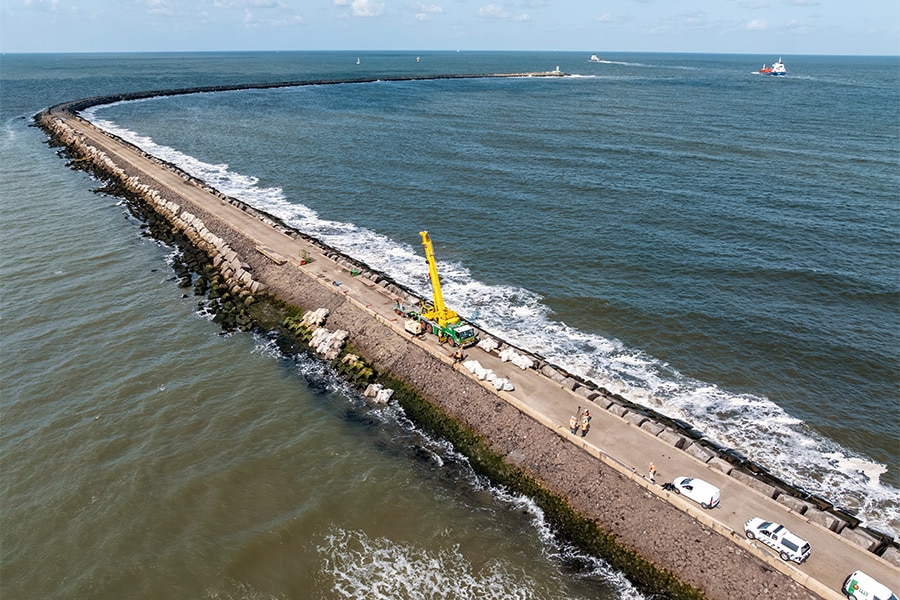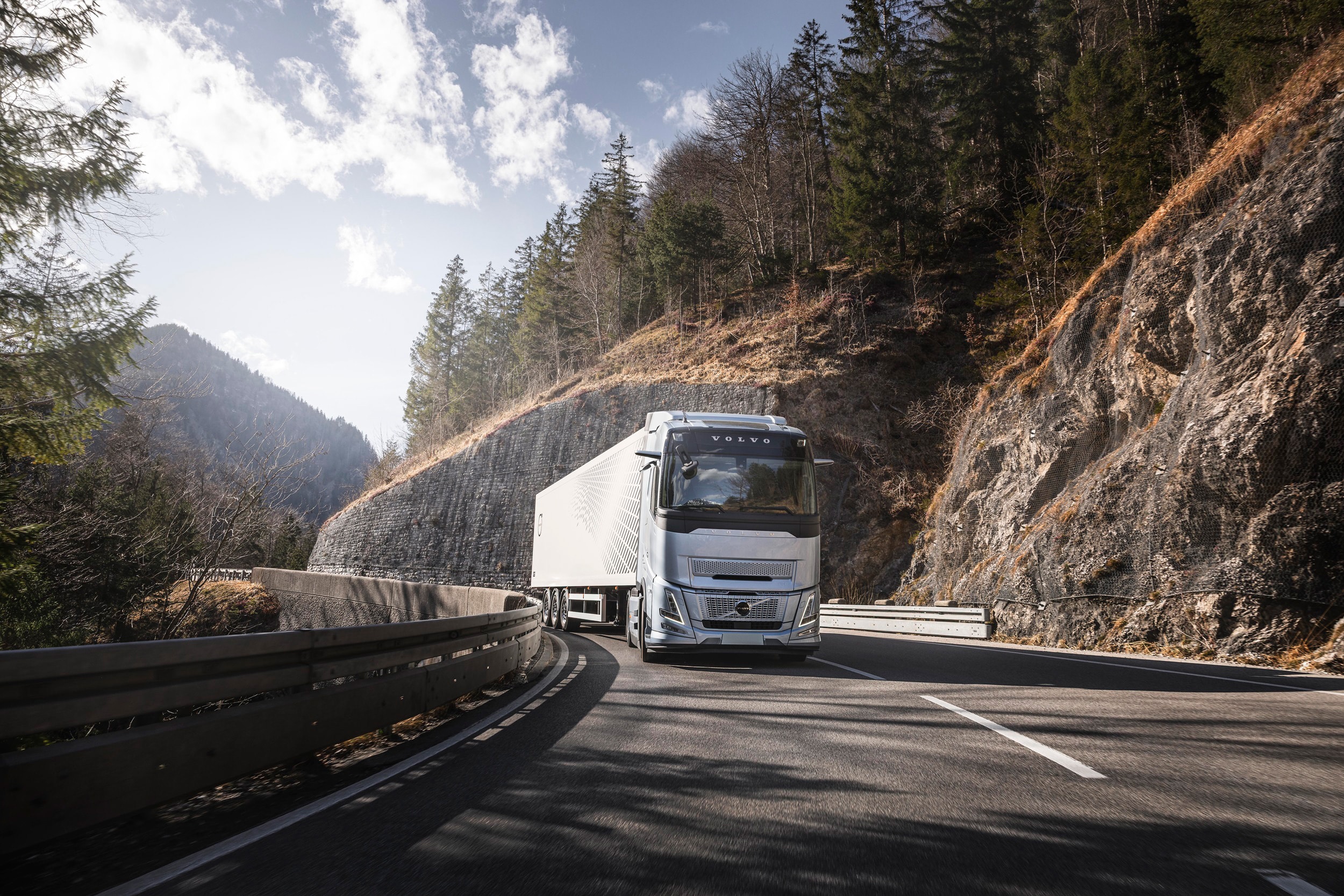
Measurement and validation at the trench
As a result of the energy transition and large-scale grid expansion task, the pressure on underground infrastructure continues to increase. In order to realize this task, CGI, one of the world's largest IT companies, is seeing an increasing focus by companies, governments and network operators on correct and up-to-date data. The ad hoc exchange of information via all kinds of different applications is out of date. Organizations will have to shift to a data-driven approach, and that starts in the field or at the trench.
The traditional way of processing data on assets in underground infrastructure is no longer tenable, believes Henk Cornelissen, director consulting experts at CGI. "The process of registering and recording an asset is inefficient and often too slow. Information is sent via a jumble of applications and file formats to the back office, which has to process all that information again. If something subsequently turns out to be wrong with that data, and that happens fairly regularly, then of course the trench is long closed and one does not know exactly what has been constructed or changed. Fortunately, there is increasing attention to measuring and validating the trench. Measuring well directly at the source, using good equipment and validating at the trench whether the data is accepted by the database, so that the acquired data can be processed immediately and used 'near real-time' in the organization."
Smart data exchange
Up-to-date data of assets in the subsurface will only become more important in the future. "The energy transition puts enormous pressure on the subsurface," says Cornelissen. "Thousands of kilometers of electricity networks (low, medium and high voltage) need to be constructed, and the rollout of heat networks is also going to grow. All these things have to be fitted into a crowded subsurface. In addition, grid operators will have to place many hundreds of medium-voltage rooms (the familiar transformer houses) and substations 'somewhere' in the coming years. An enormous challenge in areas like the Randstad where the environment is incredibly crowded. The whole picture surrounding the permit process must also be greatly accelerated to address the congestion issue. Now such a process takes an average of three to seven years, which is really much, much too long. An important part of speeding up the process again has to do with smart data exchange. So instead of sending more data back and forth between grid managers and the government, provinces and municipalities, we need to combine data from all stakeholders, intelligently link them together and visualize them in 3D. You can then see immediately whether such a transformer house fits into its surroundings and what the effect is on (the view of) nearby residents. Because with the Environment Act, public participation is also becoming increasingly important."

Pilot Ministry of I&W
CGI, among others with technology partner IQGeo, offers great solutions to make data exchange more consistent and efficient and to speed up validation and registration in the field. Recently, CGI's Infra and Asset Management Lab (iAMLAB), commissioned by the Ministry of Infrastructure and Water Management, also conducted a pilot into more efficient data exchange between grid operator Stedin, water company Evides, the water board and the municipality of Rotterdam. "Breaking open a sidewalk to replace a water main and a week later breaking the same sidewalk again to lay an electricity cable, it may sound strange, but it is the rule rather than the exception," knows Huibert Alblas, linked data modeler at CGI. "That's because data exchange is mostly done on an ad hoc basis, which is far from scalable and efficient. Instead of setting up a web portal and requiring companies to exchange data in a standard format, we examined how information can be exchanged according to FAIR principles and using linked data."
Working in ecosystems
FAIR stands for Findable, Accessible, Interoperable and Reusable or in other words, data that meets the principles of findability, accessibility, interoperability and reusability. "The bottom line is that data is made available in a domain model. Companies can make a request to query data that is then accessed via linked data," Alblas explains. "So data stays with the source and is always current. In this way, all FAIR principles are safeguarded. Linked data and a domain model are also ideally suited to exchange data with other sectors, without sending ad hoc information back and forth, of which it is often unclear whether it is up to date at all." Cornelissen adds: "The ecosystem for linked data is basically infinite. The model can be continuously enriched, with (public) data from the BGT, BRO and cadastral maps being linked via linked data to asset data from network operators. In order to realize the construction task, it is necessary to work together in the ecosystems and the advantage of CGI is that we are familiar with all these organizations. A very important objective of the iAMLAB is therefore to guide organizations to exchange information in this way and to further 'embed' partnerships in organizations. Interest is high. We need to accelerate to facilitate the energy transition."



